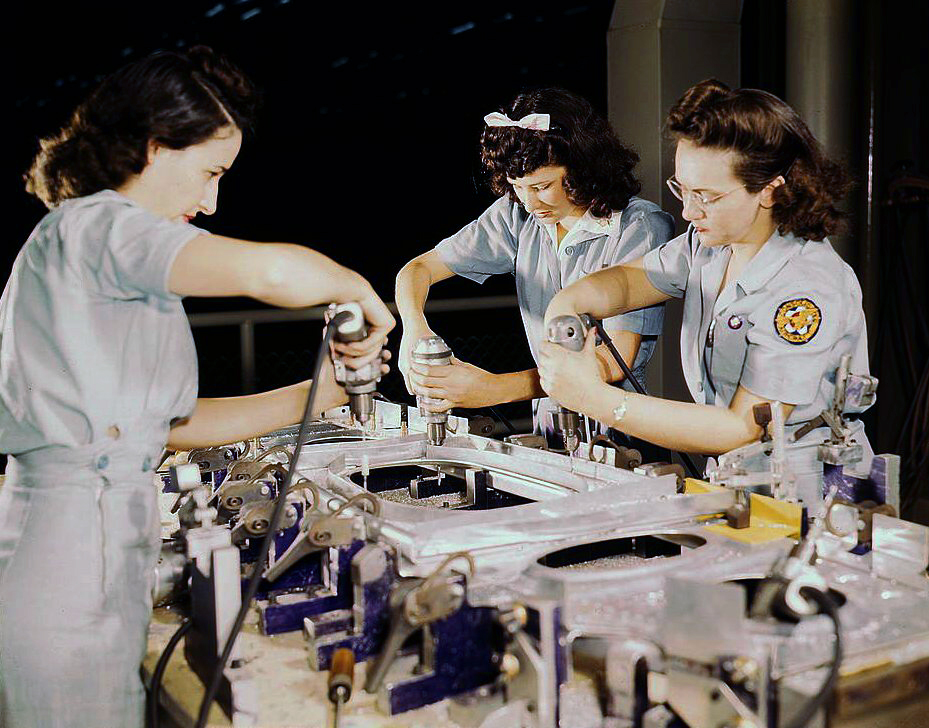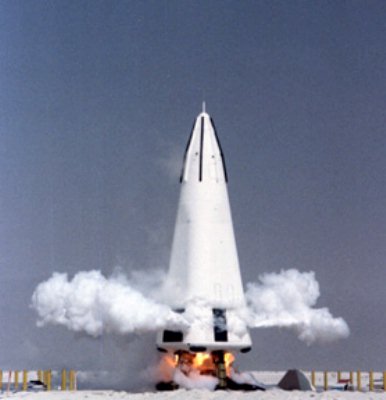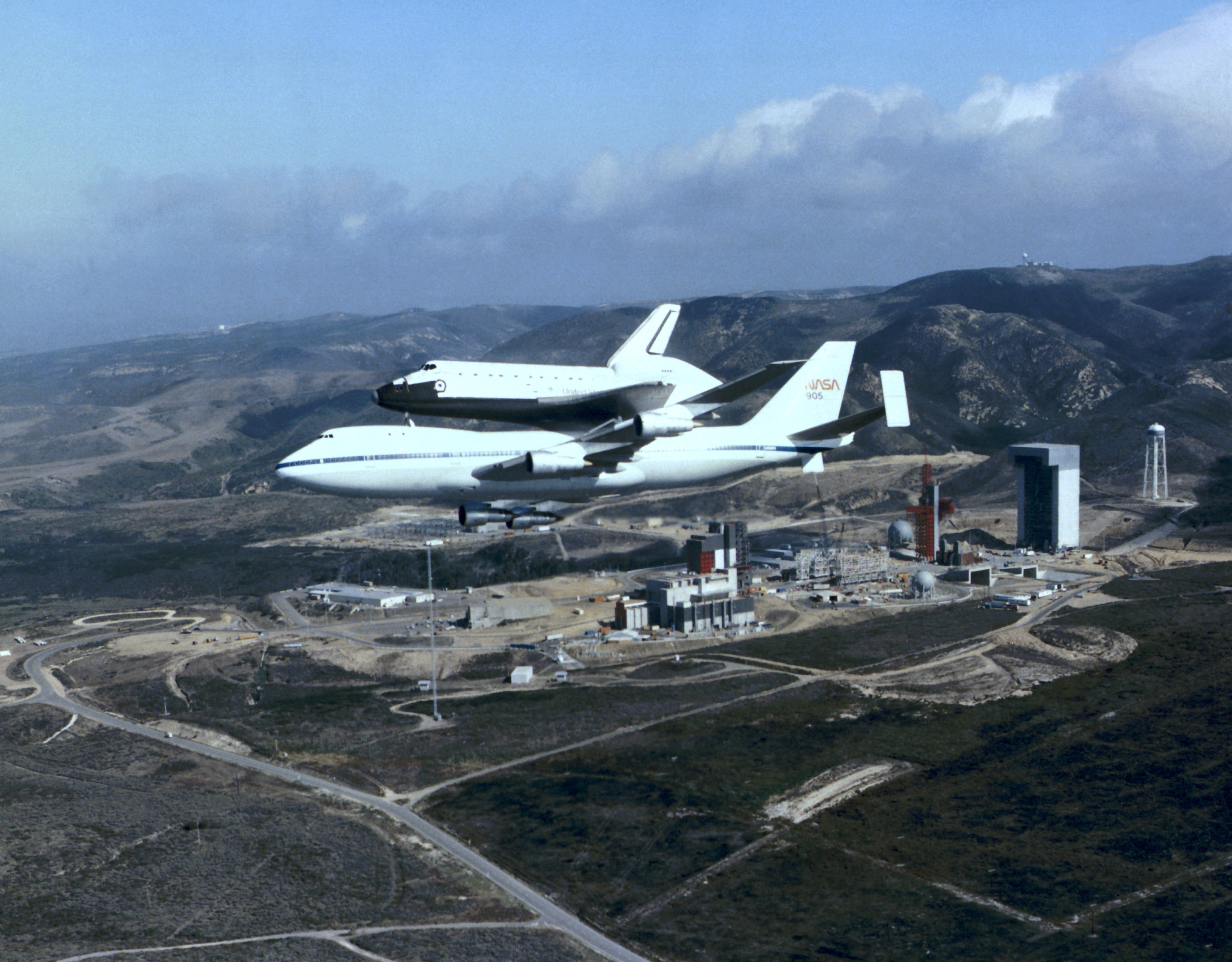|
Falcon Heavy
Falcon Heavy is a super heavy-lift launch vehicle with partial reusability that can carry cargo into Earth orbit and beyond. It is designed, manufactured and launched by American aerospace company SpaceX. The rocket consists of a center core on which two Falcon 9 boosters are attached, and a second stage on top of the center core. Falcon Heavy has the second highest payload capacity of any currently operational launch vehicle behind NASA's Space Launch System (SLS), and the fourth-highest capacity of any rocket to reach orbit, trailing behind the Space Launch System, SLS, Energia (rocket), Energia and the Saturn V. SpaceX conducted Falcon Heavy test flight, Falcon Heavy's maiden launch on 6 February 2018, at 20:45 Coordinated Universal Time, UTC. As a Boilerplate (spaceflight), dummy payload, the rocket carried Elon Musk's Tesla Roadster, a Tesla Roadster belonging to SpaceX founder Elon Musk, with a mannequin dubbed "Starman" in the driver's seat. The second Falcon Heavy laun ... [...More Info...] [...Related Items...] OR: [Wikipedia] [Google] [Baidu] |
Falcon Heavy Test Flight
The Falcon Heavy test flight (also known as the Falcon Heavy demonstration mission) was the first attempt by SpaceX to launch a Falcon Heavy rocket on February 6, 2018, at 20:45 UTC. The successful test introduced the Falcon Heavy as the most powerful rocket in operation at the time, producing of thrust and having more than twice the payload capacity of the next most powerful rocket, United Launch Alliance's Delta IV Heavy. Preparation In April 2011, SpaceX was planning for a first launch of Falcon Heavy from Vandenberg Air Force Base on the West Coast of the United States, West Coast in 2013. It refurbished Launch Complex 4E at Vandenberg AFB to accommodate Falcon 9 and Heavy. The first launch from the Cape Canaveral Air Force Station, Cape Canaveral East Coast of the United States, East Coast launch complex was planned for late 2013 or 2014. Due partly to the failure of SpaceX CRS-7 in June 2015, SpaceX rescheduled the maiden Falcon Heavy flight in September 2015 t ... [...More Info...] [...Related Items...] OR: [Wikipedia] [Google] [Baidu] |
Vulcan Centaur
Vulcan Centaur is a heavy-lift launch vehicle developed and operated by United Launch Alliance (ULA). It is a two-stage-to-orbit launch vehicle consisting of the Vulcan first stage and the Centaur second stage. Replacing ULA's Atlas V and Delta IV rockets, the Vulcan Centaur is principally designed to meet the needs of the National Security Space Launch (NSSL) program, which supports U.S. intelligence agencies and the Defense Department, but ULA believes it will also be able to price missions low enough to attract commercial launches. ULA began development of the new launch vehicle in 2014, primarily to compete with SpaceX’s Falcon 9 and to comply with a Congressional mandate to phase out the use of the Russian-made RD-180 engine that powered the Atlas V. The first launch of the Vulcan Centaur was initially scheduled for 2019 but faced multiple delays due to developmental challenges with its new BE-4 first-stage engine and the Centaur second-stage. The Vulcan Centaur had ... [...More Info...] [...Related Items...] OR: [Wikipedia] [Google] [Baidu] |
Space Launch System
The Space Launch System (SLS) is an American Super heavy-lift launch vehicle, super heavy-lift Expendable launch system, expendable launch vehicle used by NASA. As the primary launch vehicle of the Artemis program, Artemis Moon landing program, SLS is designed to launch the crewed Orion (spacecraft), Orion spacecraft on a trans-lunar trajectory. The first (and so far only) SLS launch was the uncrewed Artemis I, which took place on 16 November 2022. Development of SLS began in 2011 as a replacement for the retiring Space Shuttle as well as the canceled Ares I and Ares V launch vehicles. SLS was built using existing Shuttle technology, including Space Shuttle Solid Rocket Booster, solid rocket boosters and RS-25 engines. The rocket has been criticized for its political motivations, seen as a way to preserve jobs and contracts for aerospace companies involved in the Shuttle program at great expense to NASA. The project has faced significant challenges, including mismanagemen ... [...More Info...] [...Related Items...] OR: [Wikipedia] [Google] [Baidu] |
NASA
The National Aeronautics and Space Administration (NASA ) is an independent agencies of the United States government, independent agency of the federal government of the United States, US federal government responsible for the United States's civil list of government space agencies, space program, aeronautics research and outer space, space research. National Aeronautics and Space Act, Established in 1958, it succeeded the National Advisory Committee for Aeronautics (NACA) to give the American space development effort a distinct civilian orientation, emphasizing peaceful applications in space science. It has since led most of America's space exploration programs, including Project Mercury, Project Gemini, the 1968–1972 Apollo program missions, the Skylab space station, and the Space Shuttle. Currently, NASA supports the International Space Station (ISS) along with the Commercial Crew Program and oversees the development of the Orion (spacecraft), Orion spacecraft and the Sp ... [...More Info...] [...Related Items...] OR: [Wikipedia] [Google] [Baidu] |
Aerospace Manufacturer
An aerospace manufacturer is a company or individual involved in the various aspects of Aircraft design process, designing, building, testing, selling, and maintaining aircraft, aircraft parts, missiles, rockets, or spacecraft. Aerospace is a high technology industry. The aircraft industry is the Industry (economics), industry supporting aviation by building aircraft and manufacturing aircraft parts for their aircraft maintenance, maintenance. This includes aircraft and parts used for civil aviation and military aviation. Most production is done pursuant to type certificates and Defense Standards issued by a government body. This term has been largely subsumed by the more encompassing term: "aerospace industry". Market In 2015 the aircraft production was worth US$180.3 billion: 61% airliners, 14% business and general aviation, 12% military aircraft, 10% military rotary wing and 3% civil rotary wing; while their aircraft maintenance, MRO was worth $135.1 Bn or $ Bn combined. ... [...More Info...] [...Related Items...] OR: [Wikipedia] [Google] [Baidu] |
Reusable Launch Vehicle
A reusable launch vehicle has parts that can be recovered and reflown, while carrying payloads from the surface to outer space. Rocket stages are the most common launch vehicle parts aimed for reuse. Smaller parts such as fairings, boosters or rocket engines can also be reused, though reusable spacecraft may be launched on top of an expendable launch vehicle. Reusable launch vehicles do not need to make these parts for each launch, therefore reducing its launch cost significantly. However, these benefits are diminished by the cost of recovery and refurbishment. Reusable launch vehicles may contain additional avionics and propellant, making them heavier than their expendable counterparts. Reused parts may need to enter the atmosphere and navigate through it, so they are often equipped with heat shields, grid fins, and other flight control surfaces. By modifying their shape, spaceplanes can leverage aviation mechanics to aid in its recovery, such as gliding or lift. In ... [...More Info...] [...Related Items...] OR: [Wikipedia] [Google] [Baidu] |
Heavy-lift Launch Vehicle
A heavy-lift launch vehicle (HLV) is an orbital launch vehicle capable of lifting payloads between (by NASA classification) or between (by Russian classification) into low Earth orbit (LEO).50t payloads" Heavy-lift launch vehicles often carry payloads into higher-energy orbits, such as geosynchronous transfer orbit (GTO) or heliocentric orbit (HCO). An HLV is between a medium-lift launch vehicle and a super heavy-lift launch vehicle. History and design Government The first heavy-lift launch vehicles in the 1960s included the US Saturn IB and the Soviet Proton. Saturn IB was designed to carry the Apollo spacecraft into orbit and had increased engine thrust and a redesigned second stage from its predecessor. Proton was originally designed to be a large intercontinental ballistic missile (ICBM). Russia still operates variants of the Proton , although it is expected to be phased out in favor of the Angara A5. NASA introduced the Space Shuttle as the first partially reusab ... [...More Info...] [...Related Items...] OR: [Wikipedia] [Google] [Baidu] |
Super Heavy-lift Launch Vehicle
A super heavy-lift launch vehicle is a rocket that can lift to low Earth orbit a "super heavy payload", which is defined as more than by the United States and as more than by Russia. It is the most capable launch vehicle classification by mass to orbit, exceeding that of the heavy-lift launch vehicle, heavy-lift launch vehicle classification. Only 14 such payloads were successfully launched before 2022: 12 as part of the Apollo program before 1972 and two Energia (rocket), Energia launches, in 1987 and 1988. Most planned crewed Lunar mission, lunar and Interplanetary spaceflight, interplanetary missions depend on these launch vehicles. Several super heavy-lift launch vehicle concepts were produced in the 1960s, including the Sea Dragon (rocket), Sea Dragon. During the Space Race, the Saturn V and N1 (rocket), N1 were built by the United States and Soviet Union, respectively. After the Saturn V's successful Apollo program and the N1's failures, the Soviets' Energia launched twi ... [...More Info...] [...Related Items...] OR: [Wikipedia] [Google] [Baidu] |
Merlin 1D Vacuum
Merlin is a family of rocket engines developed by SpaceX. They are currently a part of the Falcon 9 and Falcon Heavy launch vehicles, and were formerly used on the Falcon 1. Merlin engines use RP-1 and liquid oxygen as rocket propellants in a gas-generator power cycle. The Merlin engine was originally designed for sea recovery and reuse, but since 2016 the entire Falcon 9 booster is recovered for reuse by landing vertically on a landing pad using one of its nine Merlin engines. The injector at the heart of Merlin is of the pintle type that was first used in the Apollo Lunar Module landing engine ( LMDE). Propellants are fed by a single-shaft, dual-impeller turbopump. The turbopump also provides high-pressure fluid for the hydraulic actuators, which then recycles into the low-pressure inlet. This eliminates the need for a separate hydraulic drive system and means that thrust vectoring control failure by running out of hydraulic fluid is not possible. Revisions Merlin 1A The ini ... [...More Info...] [...Related Items...] OR: [Wikipedia] [Google] [Baidu] |
RP-1
RP-1 (Rocket Propellant-1 or Refined Petroleum-1) and similar fuels like RG-1 and T-1 are highly refined kerosene formulations used as rocket fuel. Liquid-fueled rockets that use RP-1 as fuel are known as kerolox rockets. In their engines, RP-1 is Spray nozzle, atomized, mixed with liquid oxygen (LOX), and ignited to produce thrust. Developed in the 1950s, RP-1 is outwardly similar to other kerosene-based fuels like Jet A and JP-8 used in turbine engines but is manufactured to stricter standards. While RP-1 is widely used globally, the primary rocket kerosene formulations in Russia and other former Soviet countries are RG-1 and T-1, which have slightly higher densities. Compared to other rocket fuels, RP-1 provides several advantages with a few tradeoffs. Compared to liquid hydrogen, it offers a lower specific impulse, but can be stored at ambient temperatures, has a lower explosion risk, and although its specific energy is lower, its higher density results in greater energy de ... [...More Info...] [...Related Items...] OR: [Wikipedia] [Google] [Baidu] |
SpaceX Merlin
Merlin is a family of rocket engines developed by SpaceX. They are currently a part of the Falcon 9 and Falcon Heavy launch vehicles, and were formerly used on the Falcon 1. Merlin engines use RP-1 and liquid oxygen as rocket propellants in a gas-generator power cycle. The Merlin engine was originally designed for sea recovery and reuse, but since 2016 the entire Falcon 9 booster is recovered for reuse by landing vertically on a landing pad using one of its nine Merlin engines. The injector at the heart of Merlin is of the pintle type that was first used in the Apollo Lunar Module landing engine ( LMDE). Propellants are fed by a single-shaft, dual- impeller turbopump. The turbopump also provides high-pressure fluid for the hydraulic actuators, which then recycles into the low-pressure inlet. This eliminates the need for a separate hydraulic drive system and means that thrust vectoring control failure by running out of hydraulic fluid is not possible. Revisions Merlin 1A The ... [...More Info...] [...Related Items...] OR: [Wikipedia] [Google] [Baidu] |
Vandenberg Space Launch Complex 6
Vandenberg Space Launch Complex 6 (SLC-6, pronounced "Slick Six") is a launch pad and associated support infrastructure at Vandenberg Space Force Base in California. Construction at the site began in 1966, but the first launch didn't occur until 1995 due to program cancellations and subsequent repurposing efforts. The site was originally envisioned to support Titan IIIM rockets and the Manned Orbiting Laboratory, however, these projects were terminated before SLC-6's completion. Between 1979 and 1986 the facilities received extensive modifications to accommodate the Space Shuttle. However, budgetary constraints, safety considerations, and political factors ultimately led to the cancellation of Shuttle operations from the West Coast. SLC-6 facilitated four launches of Athena (rocket family), Athena rockets between 1995 and 1999 with minimal modifications. Subsequently, it underwent modifications to support the Delta IV and Delta IV Heavy, which conducted ten successful missions b ... [...More Info...] [...Related Items...] OR: [Wikipedia] [Google] [Baidu] |










